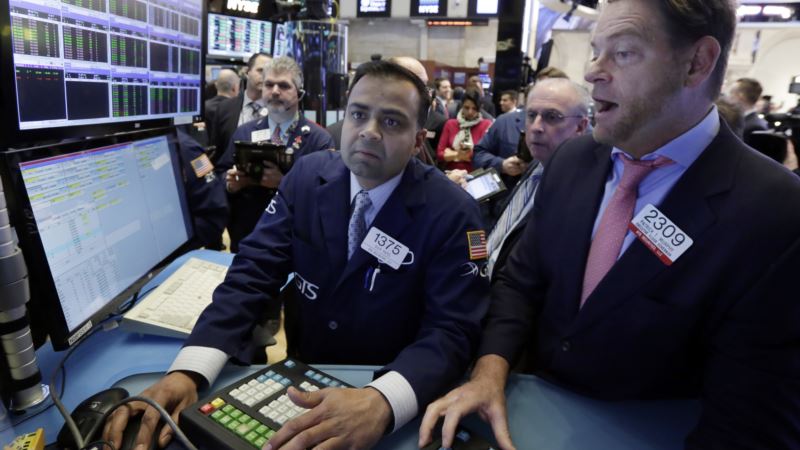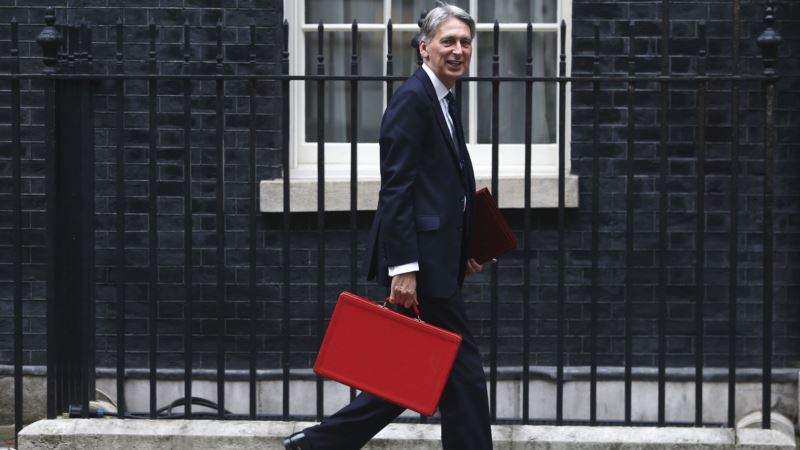The Dow Jones industrial average, the most well-known U.S. stock market index, closed above 20,000 for the first time Wednesday (20.068.51). The Standard & Poor's 500, a broader index, also reached a record high. Investors have apparently been encouraged by President Donald Trump's promise to cut regulation and reduce taxes. Businesses often complain that taxes and rules make it more difficult to make profits. The Dow is up about 9.5 percent since the election. While the 20,000 milestone is largely symbolic, PNC Bank economist Gus Faucher said it still indicated an improved outlook for corporate profits. Stock market gains can boost the consumer spending that drives most U.S. economic activity, because it boosts wealth for households that own stock. Some analysts say Trump's policies could also push up inflation and interest rates, which could help banks become more profitable. That may be why major financial firms like Goldman Sachs and JPMorgan have made major gains recently. A separate report showed that bankruptcy filings had fallen back to the levels seen before the financial crisis. U.S. federal courts said fewer than 800,000 cases were filed in 2016, a nearly 6 percent drop from the prior year and the lowest level since 2006. The Federal Housing Finance Agency said home prices rose 0.5 percent in November, a bit faster than in the prior month. Home prices advanced 6.1 percent for the 12 months ending in November. Among other reports this week, surveys of economists predicted unemployment claims would stay at a low level consistent with a healthy job market, and that the U.S. trade deficit would narrow. Experts also predicted that Friday's report on the U.S. gross domestic product would show the world's largest economy expanded at a 2.2 percent annual pace in the last three months of 2016. That would be slower than the rate in the previous quarter.
Dow Closes Above 20,000 for First Time






